Home » News & Events » Challenges in Wind Industry
Challenges in Wind Industry
While wind power generation offers numerous benefits and advantages over conventional power generation, there are also some challenges and problems need to be seriously addressed. The wide range of challenges and problems, from long-term environmental influences to thermal management of wind turbines, must be carefully considered in response to the rapid growth of wind power industry. Only when these difficulties are solved will the wind energy industry be able to develop in a significant way.
Integration of wind power into grid
Wind is a highly intermittent energy source for causing overall fluctuation in wind power generation. Electricity generated from wind turbines strongly depends on the local weather and geographic conditions that can fluctuate a great deal more than with some renewable energy sources such as hydropower
With the increasing share of wind energy in the global power market, a large amount of wind power is integrated into existing grids. Thus, the expected growth in wind power could soon exceed the current capability of grids with today’s technology. To prepare this situation in advance, the influence of intermittent wind power on the grid stability and system security must be properly addressed.
The impacts of wind power to a power grid depend on the level of wind power penetration, grid size and generation mix of electricity in the grid. Undoubtedly, there is no problem for low wind power penetration in a large power grid. However, integrating large utility-scale wind power presents unique challenges. These challenges call into questions such as: How to ensure system controllability? How to manage new kinds of variability and uncertainty?

Thermal management of wind turbines
Large wind turbines are usually installed far away from urban areas and often operate under severe climate conditions, thus experiencing large variations in environmental temperatures. As a consequence, there is a need for a wind turbine to have a robust thermal control system for maintaining temperature levels inside the nacelle within specified limits.
During turbine operation, heat is generated from electric/electronic devices and rotating mechanical components (e.g. gearboxes and bearings) as a result of various power losses. For ensuring safe and reliable operation and preventing failure of the turbine, heat generated in the wind turbine must be dissipated efficiently.
Wind turbine cooling includes:
The main challenge for electronic devices in a wind turbine is that they must withstand a wide range of ambient temperatures, usually from –40 to +55°C. In addition, they must be protected from dusts and moisture, as well as electrical shocks from lightning. There are several cooling modes in electronic cooling, including passive or active air cooling, forced single- or multi-phase liquid cooling, and phase change cooling. Under high ambient temperature conditions, a cooling or ventilation system is necessary to prevent overheating of electronic devices.
In cold climates, heating may be required for
Today developing advanced, cost-effective storage technologies of electric energy still remains a challenge, which may limit the widespread application of wind energy. The research and development (R&D) of new energy storage systems are highly desired to meet cyclical energy demands and stabilize power output, especially for large-scale wind farms.
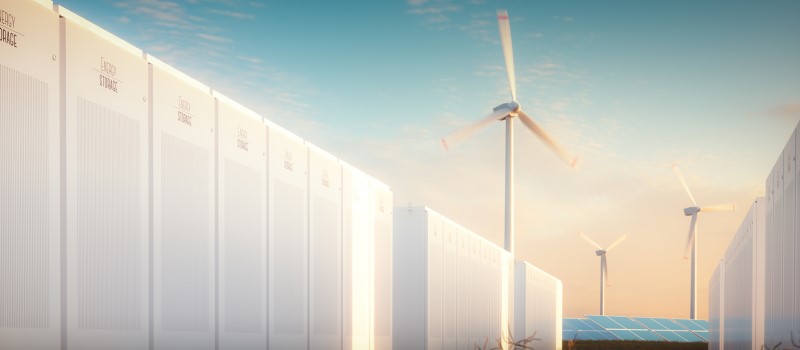
The technologies for wind energy storage have been developed over several decades to convert wind energy into various forms of energy, including:
Cost of electricity from wind power
Although the wind power industry appears to be booming in recent years worldwide, achieving continuous cost reduction in wind power generation continues to be a challenge and a key focus for the wind industry.
Wind power is characterized by low variable costs and relatively high fixed costs. The main factors governing wind power economics are:
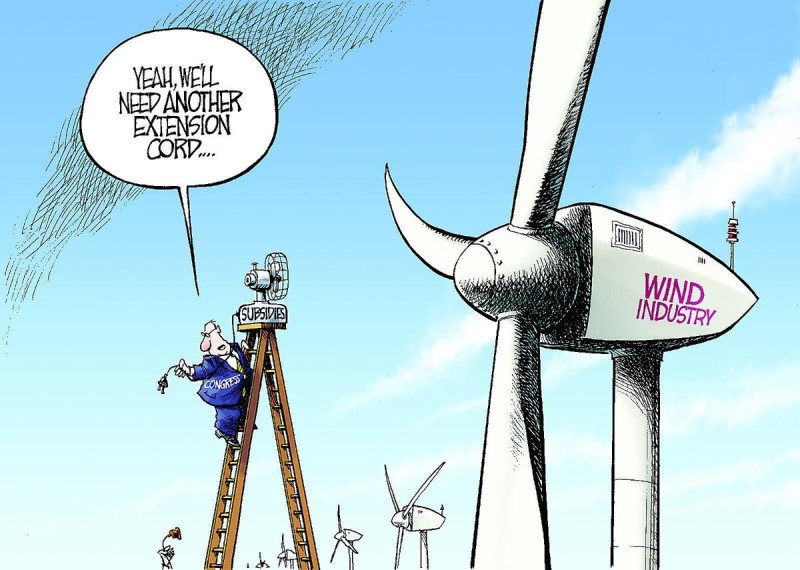
Though the price of electricity from wind has fallen approximately 90% over the last 30 years because of the developments of wind technology, it is still more expensive than those from coal or natural gas. It has been predicted by Electric Power Research Institute that even for plants coming online in 2015, wind energy would cost nearly one-third more than coal and about 14% more than natural gas. This is the greatest obstacle for wind power to increase its share in the electric power market. A recent study indicates that wind energy in US today still depends on federal tax incentives to compete with fossil fuel prices, and technology progress could dominate future cost competitiveness.
The global financial and economic crisis, which started from early 2008, has dramatically altered the pace of wind development. With reduced power consumption, the prices of fossil fuels (e.g. coal and natural gas) have greatly decreased, putting even more pressures on the wind power industry to continuously drive down wind power costs for staying competitive in the present challenging economic times.
Integration of wind power into grid
Wind is a highly intermittent energy source for causing overall fluctuation in wind power generation. Electricity generated from wind turbines strongly depends on the local weather and geographic conditions that can fluctuate a great deal more than with some renewable energy sources such as hydropower
With the increasing share of wind energy in the global power market, a large amount of wind power is integrated into existing grids. Thus, the expected growth in wind power could soon exceed the current capability of grids with today’s technology. To prepare this situation in advance, the influence of intermittent wind power on the grid stability and system security must be properly addressed.
The impacts of wind power to a power grid depend on the level of wind power penetration, grid size and generation mix of electricity in the grid. Undoubtedly, there is no problem for low wind power penetration in a large power grid. However, integrating large utility-scale wind power presents unique challenges. These challenges call into questions such as: How to ensure system controllability? How to manage new kinds of variability and uncertainty?

Thermal management of wind turbines
Large wind turbines are usually installed far away from urban areas and often operate under severe climate conditions, thus experiencing large variations in environmental temperatures. As a consequence, there is a need for a wind turbine to have a robust thermal control system for maintaining temperature levels inside the nacelle within specified limits.
During turbine operation, heat is generated from electric/electronic devices and rotating mechanical components (e.g. gearboxes and bearings) as a result of various power losses. For ensuring safe and reliable operation and preventing failure of the turbine, heat generated in the wind turbine must be dissipated efficiently.
Wind turbine cooling includes:
- Wind generator cooling
- Electronic and electric equipment cooling
- Gearbox cooling
- Other components/subsystems cooling
The main challenge for electronic devices in a wind turbine is that they must withstand a wide range of ambient temperatures, usually from –40 to +55°C. In addition, they must be protected from dusts and moisture, as well as electrical shocks from lightning. There are several cooling modes in electronic cooling, including passive or active air cooling, forced single- or multi-phase liquid cooling, and phase change cooling. Under high ambient temperature conditions, a cooling or ventilation system is necessary to prevent overheating of electronic devices.
In cold climates, heating may be required for
- Warming up the lubrication oil in gearboxes
- Heating blades and hub to prevent them from icing over
- Raising the temperature inside the control cabinets toward a desired temperature range to prevent electronic devices from malfunctioning
Today developing advanced, cost-effective storage technologies of electric energy still remains a challenge, which may limit the widespread application of wind energy. The research and development (R&D) of new energy storage systems are highly desired to meet cyclical energy demands and stabilize power output, especially for large-scale wind farms.

The technologies for wind energy storage have been developed over several decades to convert wind energy into various forms of energy, including:
- Electrochemical energy in batteries and super capacitors
- Magnetic energy in superconducting magnetic energy storage (SMES)
- Kinetic energy in rotating flywheels
- Potential energy in pumped water at higher altitudes
- Mechanical energy in compressed air in vast geologic vaults
- Hydrogen energy by decomposing water
Cost of electricity from wind power
Although the wind power industry appears to be booming in recent years worldwide, achieving continuous cost reduction in wind power generation continues to be a challenge and a key focus for the wind industry.
Wind power is characterized by low variable costs and relatively high fixed costs. The main factors governing wind power economics are:
- Investment costs, including wind turbines, foundations, and grid connection
- Operation and maintenance (O&M) costs, including regular maintenance, repairs, insurance, spare parts, and administration
- Wind turbine’s electricity production cost, which highly depends on the wind turbine capacity, wind farm size, and average wind speed at the chosen site
- Wind turbine lifetime
- Discount rate

Though the price of electricity from wind has fallen approximately 90% over the last 30 years because of the developments of wind technology, it is still more expensive than those from coal or natural gas. It has been predicted by Electric Power Research Institute that even for plants coming online in 2015, wind energy would cost nearly one-third more than coal and about 14% more than natural gas. This is the greatest obstacle for wind power to increase its share in the electric power market. A recent study indicates that wind energy in US today still depends on federal tax incentives to compete with fossil fuel prices, and technology progress could dominate future cost competitiveness.
The global financial and economic crisis, which started from early 2008, has dramatically altered the pace of wind development. With reduced power consumption, the prices of fossil fuels (e.g. coal and natural gas) have greatly decreased, putting even more pressures on the wind power industry to continuously drive down wind power costs for staying competitive in the present challenging economic times.
Post a Comment:
You may also like:

Featured Articles
Environmental Impacts of Wind Industry
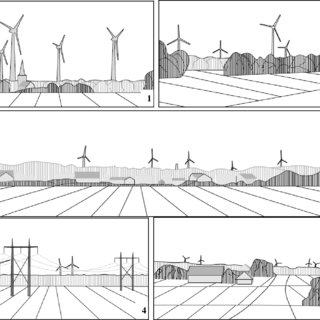 In recent years, the growth of capacity to generate electricity from wind energy has been extremely rapid, To the ...
In recent years, the growth of capacity to generate electricity from wind energy has been extremely rapid, To the ...
 In recent years, the growth of capacity to generate electricity from wind energy has been extremely rapid, To the ...
In recent years, the growth of capacity to generate electricity from wind energy has been extremely rapid, To the ...Economic Impacts of Wind Industry
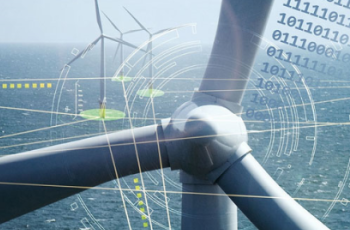 Any business development will have economic impacts on the local and regional economies, and wind energy projects are no ...
Any business development will have economic impacts on the local and regional economies, and wind energy projects are no ...
 Any business development will have economic impacts on the local and regional economies, and wind energy projects are no ...
Any business development will have economic impacts on the local and regional economies, and wind energy projects are no ...Wind Energy Cost Trends
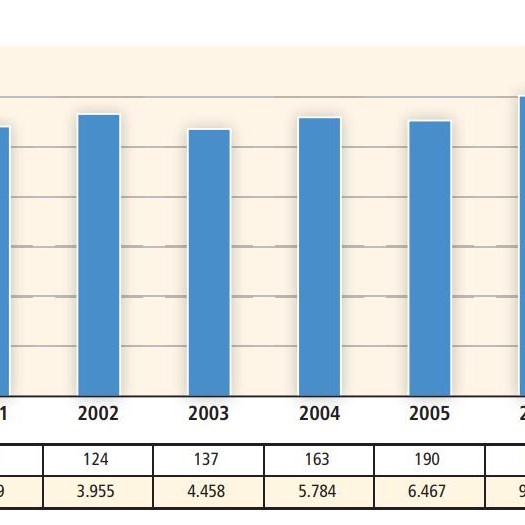 Though the cost of wind energy has declined significantly since the 1980s, policy measures are currently required to ensure ...
Though the cost of wind energy has declined significantly since the 1980s, policy measures are currently required to ensure ...
 Though the cost of wind energy has declined significantly since the 1980s, policy measures are currently required to ensure ...
Though the cost of wind energy has declined significantly since the 1980s, policy measures are currently required to ensure ...Employment Impacts of Wind Industry
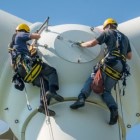 As with most construction and commercial development, wind energy industry create jobs. According to the 2016 Clean Jobs New ...
As with most construction and commercial development, wind energy industry create jobs. According to the 2016 Clean Jobs New ...
 As with most construction and commercial development, wind energy industry create jobs. According to the 2016 Clean Jobs New ...
As with most construction and commercial development, wind energy industry create jobs. According to the 2016 Clean Jobs New ...Challenges in Wind Industry
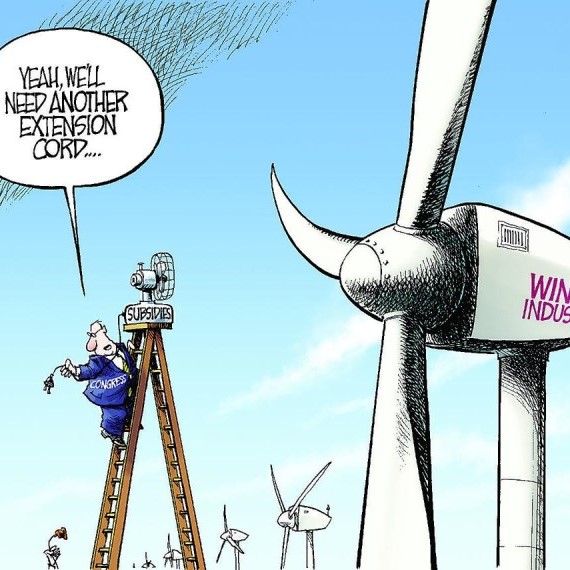 While wind power generation offers numerous benefits and advantages over conventional power generation, there are also some ...
While wind power generation offers numerous benefits and advantages over conventional power generation, there are also some ...
 While wind power generation offers numerous benefits and advantages over conventional power generation, there are also some ...
While wind power generation offers numerous benefits and advantages over conventional power generation, there are also some ...